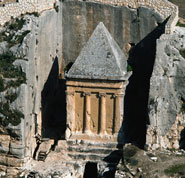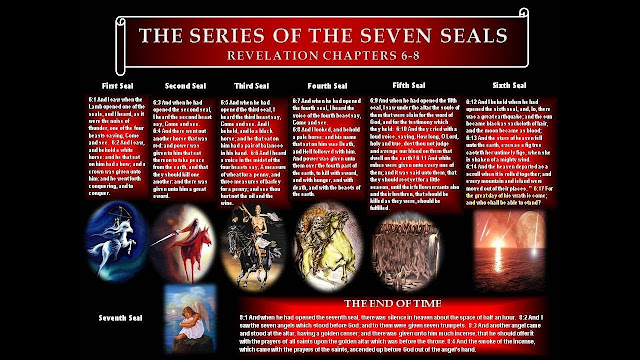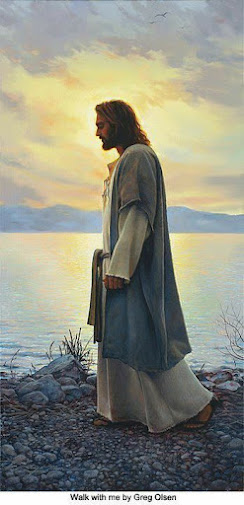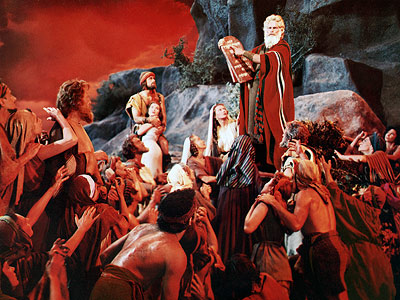Bible History
Bible Facts
Bible Facts – The Books of the Bible
The Old Testament has 17 Historical, 5 Poetical, and 17 Prophetic books in it.
- The 17 Historical Books are: Genesis, Exodus, Leviticus, Numbers, Deuteronomy, Joshua, Judges, Ruth, 1 Samuel, 2 Samuel, 1 Kings, 2 Kings, 1 Chronicles, 2 Chronicles, Ezra, Nehemiah, and Esther.
- The 5 Poetical Books are: Job, Psalms, Proverbs, Ecclesiastes, and Song of Solomon,
- The 17 Prophetic Books are: Isaiah, Jeremiah, Lamentations, Ezekiel, Daniel, Hosea, Joel, Amos, Obadiah, Jonah, Micah, Nahum, Habakkuk, Zephaniah, Haggai, Zechariah, and Malachi.
- The 4 Gospels are: Matthew, Mark, Luke, and John,
- The 21 Epistles are: Romans, 1 Corinthians, 2 Corinthians, Galatians, Ephesians, Philippians, Colossians, 1 Thessalonians, 2 Thessalonians, 1 Timothy, 2 Timothy, Titus, Philemon, Hebrews, James, 1 Peter, 2 Peter, 1 John, 2 John, 3 John, and Jude.
Bible Facts – Miscellaneous Facts
The Bible contains 1189 chapters.
The Old Testament has 929 chapters and the New Testament has 260 chapters.
The longest chapter in the Bible is Psalm 119; and the shortest is Psalm 117.
The longest verse is Esther 8:9, and the shortest is John 11:35.
The Bible was written:
- over a 1500 year span (from 1400 B.C to A.D. 100)
- over 40 generations
- over 40 authors from many walks of life (i.e. - kings, peasants, philosophers, fishermen, poets, statesmen, scholars)
- in different places (i.e. - wilderness, dungeon, palaces)
- at different times (i.e. - war, peace)
- in different moods (i.e. - heights of joy, depths of despair)
- on three continents (Asia, Africa, and Europe)
-
in three languages (Hebrew, Aramaic, and Greek)
Archaeology confirms the Bible’s historical accuracy.
 Archaeologists
have consistently discovered the names of government officials, kings,
cities, and festivals mentioned in the Bible -- sometimes when
historians didn't think such people or places existed. For example, the
Gospel of John tells of Jesus healing a cripple next to the Pool of
Bethesda. The text even describes the five porticoes (walkways) leading
to the pool. Scholars didn't think the pool existed, until
archaeologists found it forty feet below ground, complete with the five
porticoes.1
Archaeologists
have consistently discovered the names of government officials, kings,
cities, and festivals mentioned in the Bible -- sometimes when
historians didn't think such people or places existed. For example, the
Gospel of John tells of Jesus healing a cripple next to the Pool of
Bethesda. The text even describes the five porticoes (walkways) leading
to the pool. Scholars didn't think the pool existed, until
archaeologists found it forty feet below ground, complete with the five
porticoes.1
The Bible has a tremendous amount of historical detail, so not everything mentioned in it has yet been found through archaeology. However, not one archaeological find has conflicted with what the Bible records.2
In contrast, news reporter Lee Strobel comments about the Book of Mormon: "Archaeology has repeatedly failed to substantiate its claims about events that supposedly occurred long ago in the Americas. I remember writing to the Smithsonian Institute to inquire about whether there was any evidence supporting the claims of Mormonism, only to be told in unequivocal terms that its archaeologists see 'no direct connection between the archaeology of the New World and the subject matter of the book.'" Archaeologists have never located cities, persons, names, or places mentioned in the Book of Mormon.3
Many of the ancient locations mentioned by Luke, in the Book of Acts in the New Testament, have been identified through archaeology. "In all, Luke names thirty-two countries, fifty-four cities and nine islands without an error."4
Archaeology has also refuted many ill-founded theories about the Bible. For example, a theory still taught in some colleges today asserts that Moses could not have written the Pentateuch (the first five books of the Bible), because writing had not been invented in his day. Then archaeologists discovered the Black Stele. "It had wedge-shaped characters on it and contained the detailed laws of Hammurabi. Was it post-Moses? No! It was pre-Mosaic; not only that, but it was pre-Abraham (2,000 B.C.). It preceded Moses' writings by at least three centuries."5
Archaeology consistently confirms the historical accuracy of the Bible.
Click here to see a chart listing some of the major archaeological finds.
The Bible today is the same as what was originally written.
 Some
people have the idea that the Bible has been translated "so many times"
that it has become corrupted through stages of translating. That would
probably be true if the translations were being made from other
translations. But translations are actually made directly from original
Greek, Hebrew and Aramaic source texts based on thousands of ancient
manuscripts.
Some
people have the idea that the Bible has been translated "so many times"
that it has become corrupted through stages of translating. That would
probably be true if the translations were being made from other
translations. But translations are actually made directly from original
Greek, Hebrew and Aramaic source texts based on thousands of ancient
manuscripts.
The accuracy of today’s Old Testament was confirmed in 1947 when archaeologists found “The Dead Sea Scrolls” along today's West Bank in Israel. "The Dead Sea Scrolls" contained Old Testament scripture dating 1,000 years older than any manuscripts we had. When comparing the manuscripts at hand with these, from 1,000 years earlier, we find agreement 99.5% of the time. And the .5% differences are minor spelling variances and sentence structure that doesn't change the meaning of the sentence.
Regarding the New Testament, it is humanity's most reliable ancient document.
All ancient manuscripts were written on papyrus, which didn’t have much of a shelf life. So people hand copied originals, to maintain the message and circulate it to others.
Few people doubt Plato’s writing of “The Republic.” It’s a classic, written by Plato around 380 B.C. The earliest copies we have of it are dated 900 A.D., which is a 1,300 year time lag from when he wrote it. There are only seven copies in existence.
Caesar’s “Gallic Wars” were written around 100-44 B.C. The copies we have today are dated 1,000 years after he wrote it. We have ten copies.
When it comes to the New Testament, written between 50-100 A.D, there are more than 5,000 copies. All are within 50-225 years of their original writing. Further, when it came to Scripture, scribes (monks) were meticulous in their copying of original manuscripts. They checked and rechecked their work, to make sure it perfectly matched. What the New Testament writers originally wrote is preserved better than any other ancient manuscript. We can be more certain of what we read about Jesus’ life and words, than we are certain of the writings of Caesar, Plato, Artistotle and Homer. https://www.everystudent.com/features/bible.html







